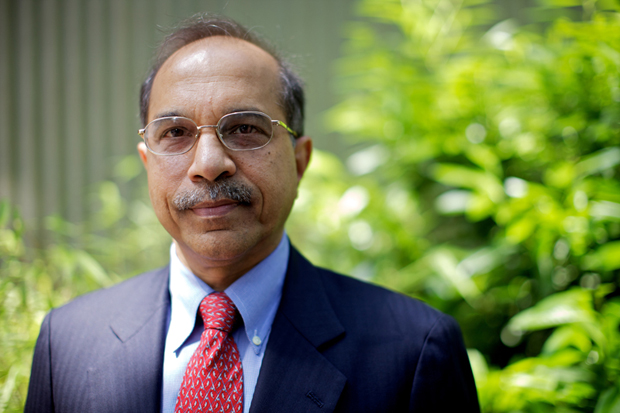Why ‘trickle-up’ innovation may shape the global economy

The Tata Nano, a city car both manufactured and sold in India, retails for $2,500, making it one of the world’s most affordable four-wheeled passenger vehicles.
The inexpensive car, said Ravi Ramamurti, a Distinguished Professor of International Business and Strategy at Northeastern University, is but one example of a burgeoning phenomenon called reverse innovation.
The term, coined in 2009, refers to the process by which companies in emerging markets produce inexpensive goods and services to meet the needs of the poor and then repackage them as cost-effective innovations for Western buyers.
“We are at the cusp of something interesting,” Ramamurti explained. “The key contribution of poor countries will be to make existing products and services incredibly inexpensive and easy to use.”
Ramamurti, the director of Northeastern’s Center for Emerging Markets, published a paper in 2011 in the Global Strategy Journal in which he outlined the phenomenon’s potential to reshape the globe’s innovation landscape.
The paper, coauthored by Vijay Govindarajan of the Tuck School of Business at Dartmouth College, was selected by Germany’s European Business School as one of three finalists for the prize for best article on innovation management published last year.
Ramamurti presented the paper in June to a panel of judges comprising practitioners and academics, and took the top prize, besting articles penned by professors at universities including MIT and Stanford.
“We are using the term ‘innovation’ in a broad sense,” Ramamurti explained. “It is not technological innovation, like creating a new drug, but rather combining existing knowledge and technology in novel ways to solve the pressing problems of consumers in poor countries.”
The current economic climate is conducive for reverse innovation to flourish, he said, noting that developing countries such as India, China, and Brazil now account for two-thirds of world gross domestic product growth.
Local firms in poor countries may, paradoxically, have an innovation edge over multinationals from developed nations, Ramamurti added, pointing to the example of Kenya’s Safaricom, a pioneer in the wireless banking industry.
“Sometimes it’s good to be a latecomer, because you can simply leapfrog to using the latest technologies,” he explained. “It’s hard to go wireless if you have massive investments in legacy technologies.”
By 2013, many of these innovations will “trickle-up” from poor to rich countries, where flagging economies, Ramamurti said, have created a need for inexpensive, easy-to-use goods.
A portable, low-cost ultrasound machine, for example, designed by China’s Mindray Medical International Limited, may soon be spotted in doctor’s offices across the United States.
“You would be able to put them in ambulances and doctor’s offices at a rate that wouldn’t be possible if the machine cost $150,000,” Ramamurti said. “It is an example of how a new functionality combined with a lower price can open up new demand in rich countries.”




